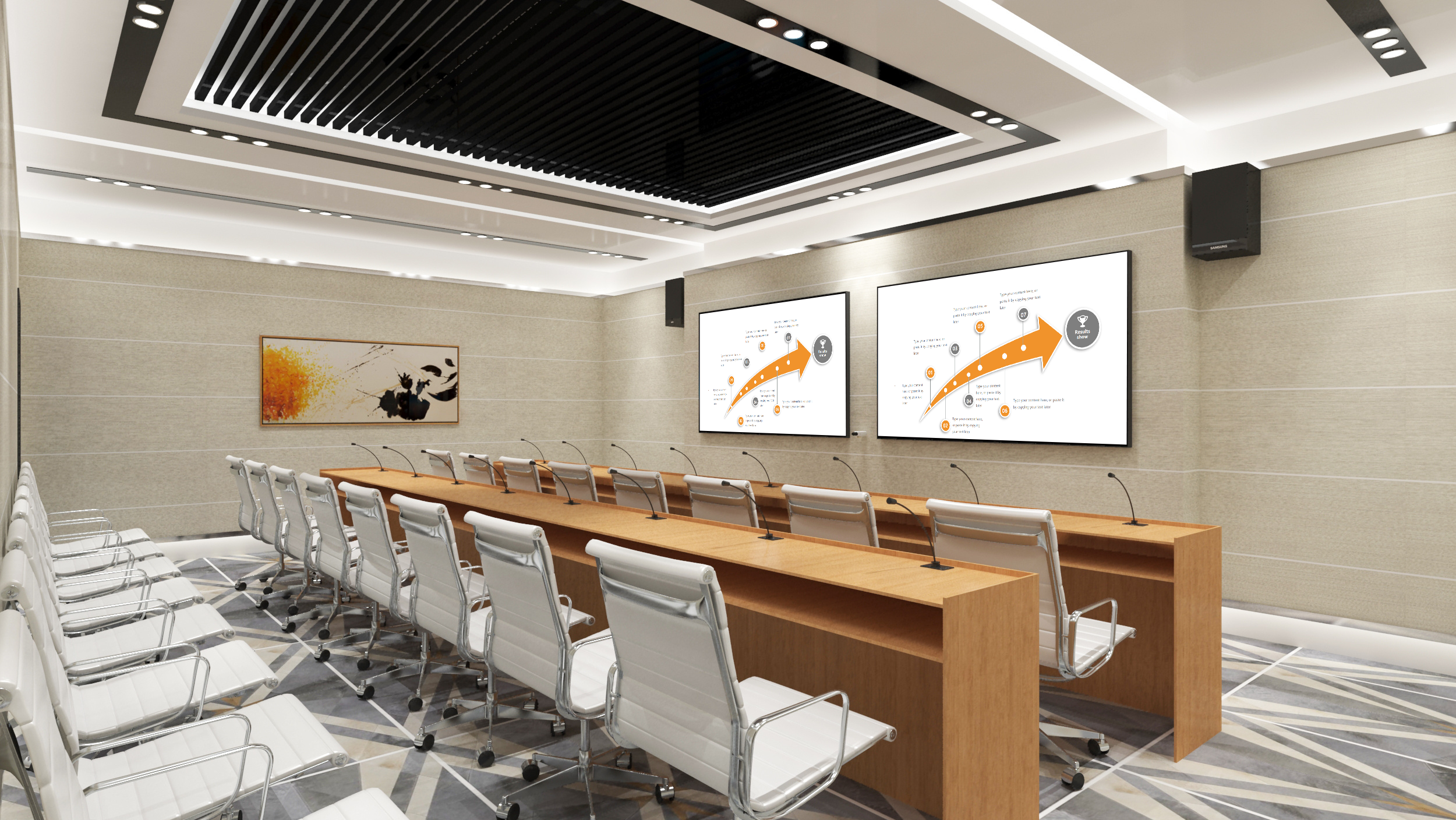Built-In Video Conferencing ROOMS vs. Peripheral Solutions: How Can Enterprises Make the Optimal Choice?
Deploying a video conferencing system has become a standard practice for enterprises. However, choosing between “all-in-one built-in video conferencing ROOMS” and “split-type peripheral solutions” often puts decision-makers in a dilemma. This article will provide a clear analysis to help you make the most informed choice.
I. What Are “Built-In ROOMS” and “Peripheral Solutions”?
-
Built-In Video Conferencing ROOMS: Refers to a system where the core video conferencing hardware (camera, microphone, codec) and software are deeply integrated into a single conference tablet or smart display. Users can enjoy an all-in-one conference experience immediately after powering on the device.
-
Peripheral Solutions: Refers to a setup where users prepare a core computer (Mini PC or laptop) and connect external devices such as a conference camera, omnidirectional microphone, and touch display. Video conferencing functions are enabled by installing relevant software.
II. Comprehensive Comparative Analysis
| Comparison Dimension | Built-In Video Conferencing ROOMS (All-in-One) | Peripheral Solutions (Split-Type) |
|---|---|---|
| Deployment & Usability | Excellent. Plug-and-play, easy to use right after startup. Seamlessly integrates wireless screen mirroring for a smooth mobile mirroring experience. | Moderate. Requires connecting multiple cables, installing drivers and software, and demands basic IT skills. |
| Conference Experience | Excellent. Acoustics, optics, and touch functions are optimized by the original manufacturer. Hardware-software synergy delivers a stable, smooth multi-screen collaboration experience. | Variable. Depends on peripheral quality. Improper matching may cause issues like howling, echo, or blurry images. |
| Total Cost of Ownership | High upfront cost, low long-term cost. One-time investment with high integration; almost no post-deployment maintenance required. | Flexible upfront cost, potentially high long-term cost. Devices can be freely combined, but multiple cables and scattered fault points lead to higher maintenance costs. |
| Flexibility & Scalability | Moderate. Fixed functions; upgrades rely on system-wide updates of the entire device. | High. Can replace with higher-definition cameras or more professional microphones at any time, offering strong scalability. |
| Security | High. Brand manufacturers provide system-level security updates; clear data flow paths. | Moderate. Relies on the security protection of the core computer; peripheral drivers may also pose security vulnerabilities. |
III. How to Choose? Recommendations for Enterprises
Choose built-in video conferencing ROOMS if:
- You pursue ultimate usability and an out-of-the-box experience, hoping employees can master the system quickly.
- You want to reduce IT maintenance pressure and have a stable multi-screen collaboration environment.
- Conference rooms are used frequently, and most employees have no technical background.
- You value the tidiness and modern appearance of conference rooms.
Choose peripheral solutions if:
- Your budget is limited, and you have a strong need to reuse existing devices.
- You have very specific professional requirements (e.g., needing a 4K broadcast-grade camera).
- Your enterprise has a professional IT team responsible for deployment and maintenance.
Built-in video conferencing ROOMS represent the minimalist trend of “experience first,” while peripheral solutions embody the geek spirit of “flexible customization.” For most modern enterprises that pursue efficiency and reduced operation complexity, all-in-one built-in video conferencing ROOMS are undoubtedly the better choice, thanks to their outstanding stability and usability.
